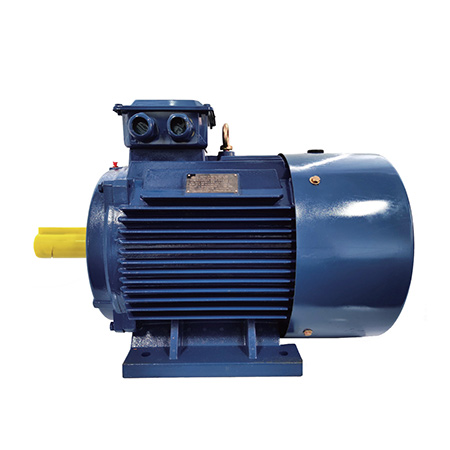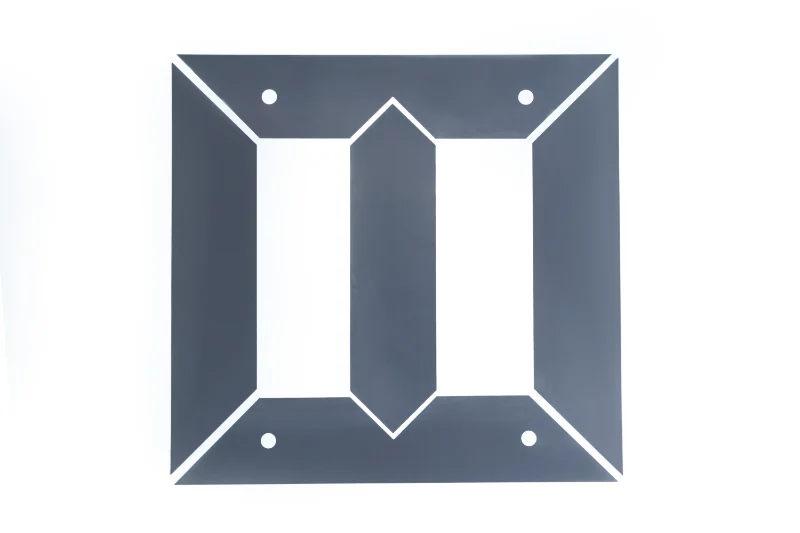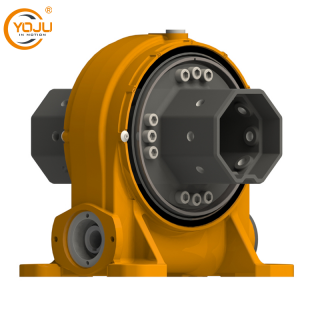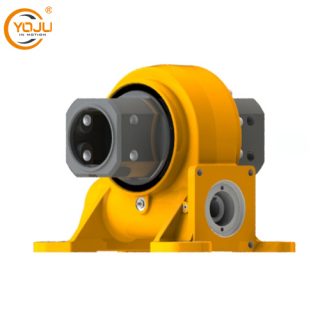New energy-saving motor(High-efficiency magnet-assisted and reluctance synchronous motor)
A magnet-assisted reluctance synchronous motor is a type of high-efficiency synchronous motor that operates based on the “principle of minimum reluctance”.
Feature Introduction
The magnet-assisted reluctance synchronous motor is a high-efficiency synchronous motor that operates based on the "principle of minimum reluctance". It obtains torque to drive the motor's rotation through a specially designed rotor structure. High-reliability ferrite permanent magnet materials are added inside the rotor as auxiliary excitation, which further enhances the motor's performance. In particular, the power factor is greatly improved. It has excellent operating stability and constant-torque technical characteristics.
Compared with asynchronous motors, the rotor of the magnet-assisted reluctance synchronous motor has no winding structure and no losses, resulting in higher efficiency. Compared with rare-earth permanent magnet synchronous motors, there are no rare-earth permanent magnet materials on its rotor, eliminating the risk of high-temperature demagnetization, reducing costs, and enhancing reliability. The magnet-assisted reluctance synchronous motor combines the high reliability of asynchronous motors with the high efficiency of rare-earth permanent magnet synchronous motors. It is a cost-effective high-efficiency motor drive solution and has been included in the "National Industrial Energy-saving Technology Recommendation Catalogue (2021)" in China.
Industry Status
-
AC asynchronous motors are industrial drive motors that are inexpensive and have a simple structure. They are also the most widely used motor type in various fields at present. However, they have disadvantages such as low efficiency and significant performance variations within the operating speed range, urgently needing replacement and upgrading.
-
Rare-earth permanent magnet synchronous motors have attracted increasing attention due to their advantages of compact structure, small size, and high efficiency. However, the prices of existing high-performance rare-earth permanent magnet materials are rising. As a result, the cost of rare-earth permanent magnet synchronous motors remains high. Moreover, they face the risk of high-temperature demagnetization and have low reliability, which limits their large-scale promotion and application.






Reviews
There are no reviews yet.